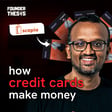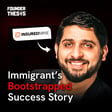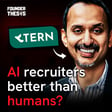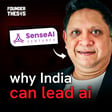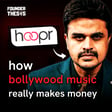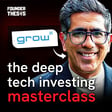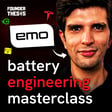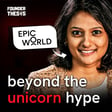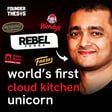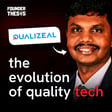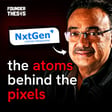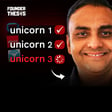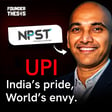
Making Commerce Social | Pulkit Agarwal @ Trell
What you seek is seeking you. This is what describes the story of our guest in this episode.
For Pulkit Agrawal, Co-founder and CEO, Trell, a visual blogging app, this search started around six years ago, with a desire to visit local pandals during the Ganesh Chaturthi festival in Mumbai, little knowing that this would turn into a business idea which is at present has surpassed international social media giants like Twitter and Pinterest with more than 45 million monthly active users.
In a candid conversation with Akshay Datt, Pulkit tells us that how visiting these local pandals helped him realize the gap of sharing local knowledge, even for people who are not into blogging and founded Trell in 2016 while he was finishing off with his engineering at IIT Bombay.
Taking a trip down memory lane, Pulkit talks about how as a fresh graduate and a first-time entrepreneur, he learnt everything from the scratch about starting his venture and attracting investors to believe and guide him on this journey. He further explains the insights which helped him to develop a simple, no-frills platform for storytellers to post their content in the language they are comfortable with.
Tune in to this episode to hear Pulkit speak about his exciting journey and how Trell is challenging international social media giants by providing Bharat with a local, Made in India visual blogging platform.
What you must not miss!!
• The experience of getting funded.
• Challenges of scaling up a social media platform to a marketplace.
• Impact of the ban on Chinese apps.
• Business growth in times of COVID.
